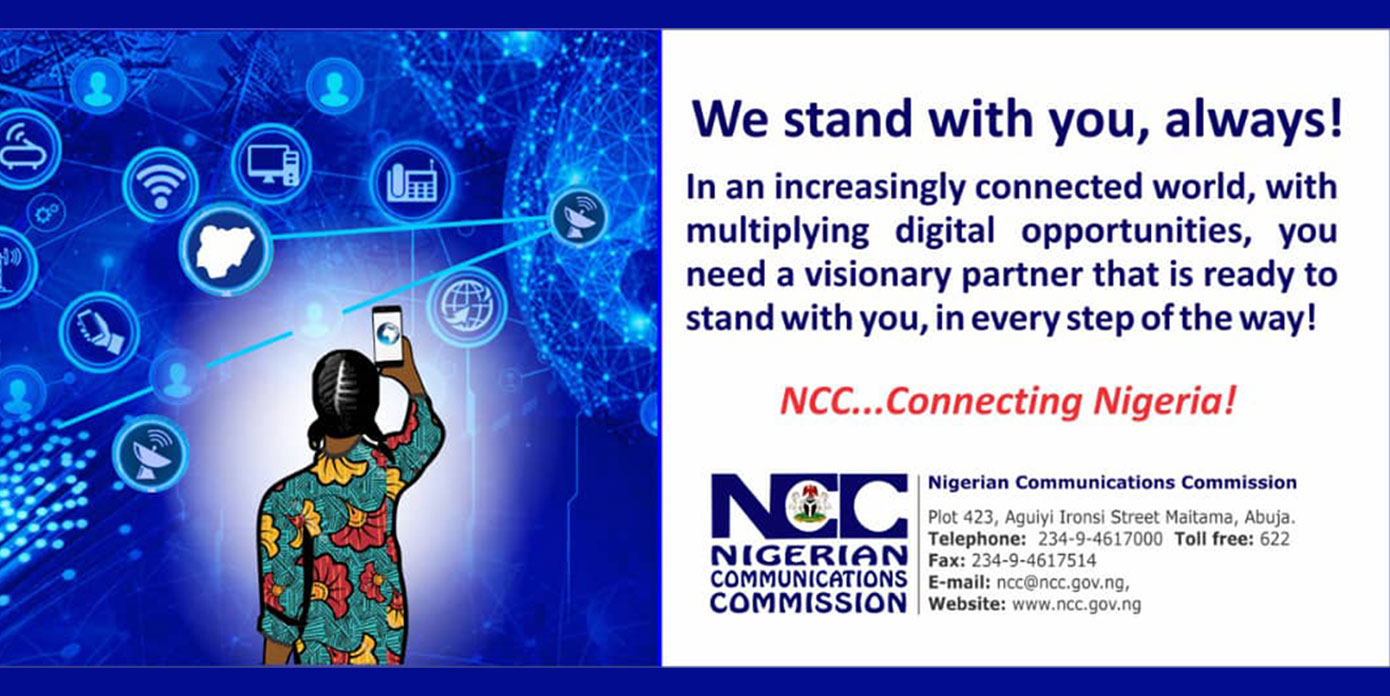A new report by Ericsson (NASDAQ: ERIC) ConsumerLab highlights the impact that 5G is already having on smartphone users worldwide and what they expect the technology to deliver in the future. Indoor coverage is one of the focus areas to emerge from the consumer research, with one-in-five 5G users already reducing Wi-Fi use on their phones indoors because of the benefits of 5G mobile connectivity.
The report – Five Ways to a Better 5G – is the result of the largest global 5G consumer study to date. Covering consumer sentiment and perception in 26 markets – including the US, China, South Korea, and the UK – the Ericsson ConsumerLab study methodology is representative of 1.3 billion smartphone users globally, including 220 million 5G subscribers.
The report explores key trends behind the adoption, use and perception of consumers with and towards 5G. A key report finding reveals that even by the end of 2020, increased awareness of service and value benefits could have resulted in 22 percent more smartphone users with 5G-ready handsets upgrading to 5G subscriptions.
The report also highlights how 5G is already beginning to trigger new use behaviors. In addition to reducing Wi-Fi use, early adopter 5G users also spend an average of two hours more on cloud gaming and one hour more on augmented reality (AR) apps per week compared to 4G users.
However, while 5G users are satisfied with speed, about 70 percent are dissatisfied with the availability of innovative services and new apps. Consumers say they are willing to pay 20 to 30 percent more for 5G plans bundled with digital service use cases.
Covid-19 lockdowns and movement restrictions mean that the vast majority of 5G early adopters’ regular experiences with the technology have been indoors. As a result, early adopters indicate that indoor coverage is two times more important than speed or battery life in delivering satisfactory 5G experiences.














